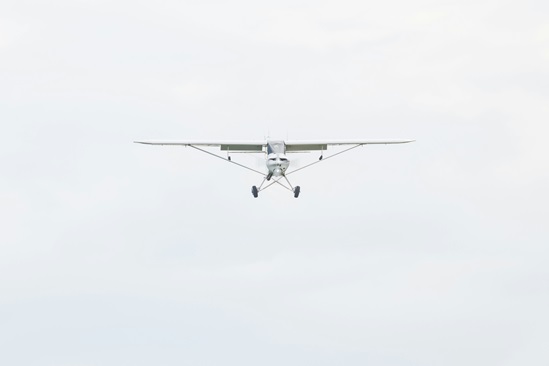Waypoints: Our technology conundrum
Give me the latest and greatest—but only when it’s proven
We’ve seen great progress in avionics over the past two decades, but almost none in powerplants. Everyone around the hangar wonders why “someone” doesn’t certify a twenty-first century aircraft engine that has even a few of the features we’ve had in cars for decades—electronic ignition, variable valve timing, electronic fuel injection, to name a few. Such features would allow us to move away from our boutique (read: costly) 100LL avgas, get the lead out, and generally make life grand again.
And although we pine for such improvements, who wants to be first to fly that new engine down the Alleghenies at night in weather? Or across the Atlantic? How proven must an engine be before you would invest in it for your airplane?
Say what you will about our 1930s-era Lycomings and Continentals, but decades of experience and overall good reliability provide a lot of comfort on difficult flights. If the pilot makes fuel available, the engines keep on ticking with surprising regularity.
The “newcomer” in this space, Rotax, which has only been supplying aircraft engines for a few decades, has become a reliable performer—but many old guard pilots still see it as “new” and therefore somehow not yet trustworthy.
I ponder this conundrum of desire for new technology versus distrust of anything new while watching what is happening around us. EPS—Engineered Propulsion Systems—for several years has been developing what appears to be a remarkable diesel engine. The design was frozen in 2016, and the company was expecting certification in 2017. That has now slipped to late 2018, according to company officials. The slippage is not because of mechanical problems, but because validating the software that runs the engine has taken longer than anticipated. With variants planned for between 320 and 420 horsepower, the engine would be an ideal choice for high-performance singles and cabin-class twins. While the beefy diesel will likely weigh more than an air-cooled avgas engine, its better fuel specifics will allow it to ultimately outperform conventional powerplants. That, combined with a planned 3,000-hour TBO and the ability to burn jet fuel, which is much cheaper than avgas in most of the world, could make it a winner.
With its advanced metallurgy, single-lever power control, and other improvements, it holds a great deal of promise. But, knowing the mindset of aircraft owners, I wonder how quickly it will be accepted into the fleet.
Meanwhile, at the other end of the performance spectrum, Bye Aerospace, Pipistrel, and others are making great strides in electric propulsion for light singles and training aircraft.
Bye just got another $5 million round of funding to continue its development of the battery-powered Sun Flyer 2 trainer, which founder George Bye says can fly at 65 knots for as long as 3.5 hours. At more typical training speeds of 80 to 100 knots, it easily will last for a 1.2-hour training flight. Battery charges should take less than 30 minutes. And with only one moving part, the electric motor should last some 10,000 hours. Electricity costs should be about $2.40 an hour and total operating costs will be about $16 an hour, including reserves. Typical hourly operating costs for a Cessna 172 are about $88. Meanwhile, the company is working on a four-seat electric airplane and numerous large unmanned aircraft.
Pipistrel’s Alpha Electro two-place electric trainer also continues to make progress. A group in the Fresno, California, area has launched the Pipistrel Alpha Electro Trainer Sustainable Aviation Project, which is working to develop a network of charging facilities for an electric training fleet. It has also embarked on a project to win FAA approval to use the Alpha Electro in flight training. Transport Canada certified the trainer in February.
It all looks promising and I am convinced that diesel, electric, and probably a few other powerplant options will propel our airplanes into the future. I’m also convinced that the challenges for such progress have less to do with the technology than in convincing aircraft owners to make the change—the same owners who in the hangar are clamoring for such advances.
Email [email protected]



